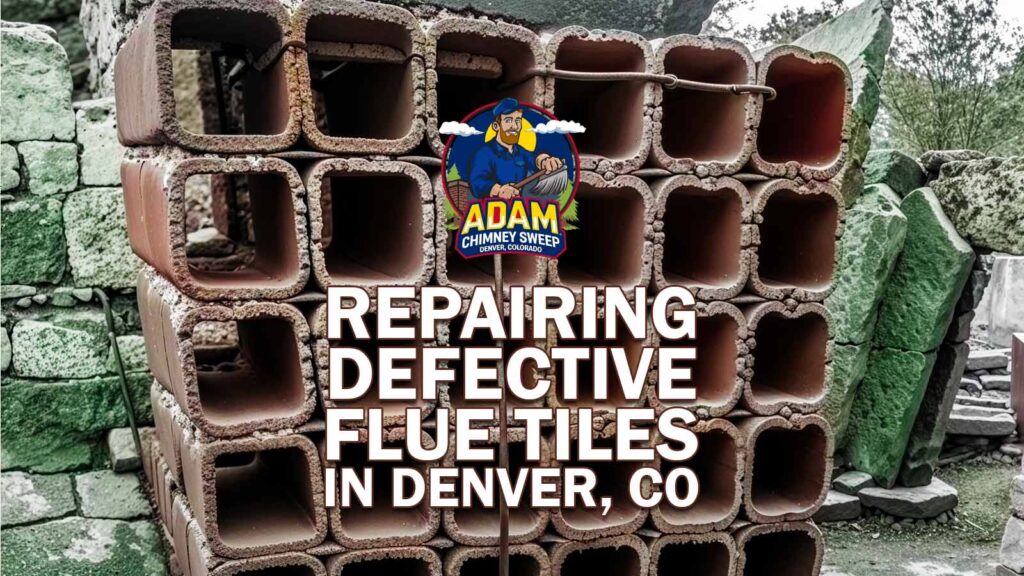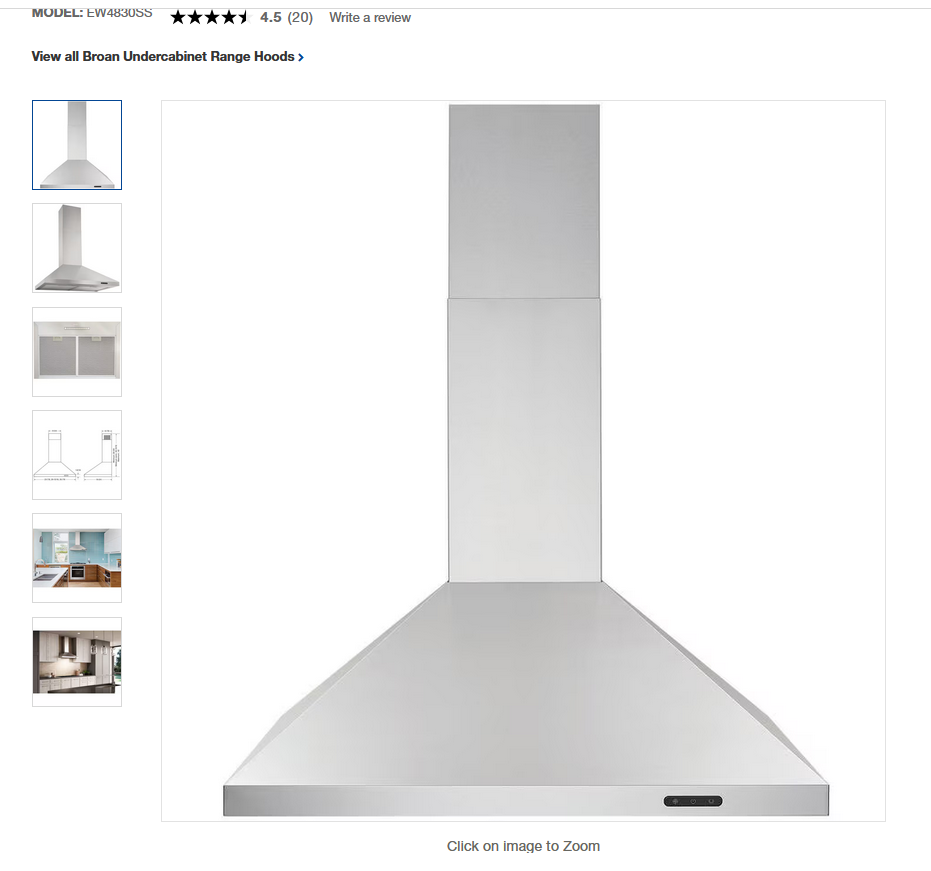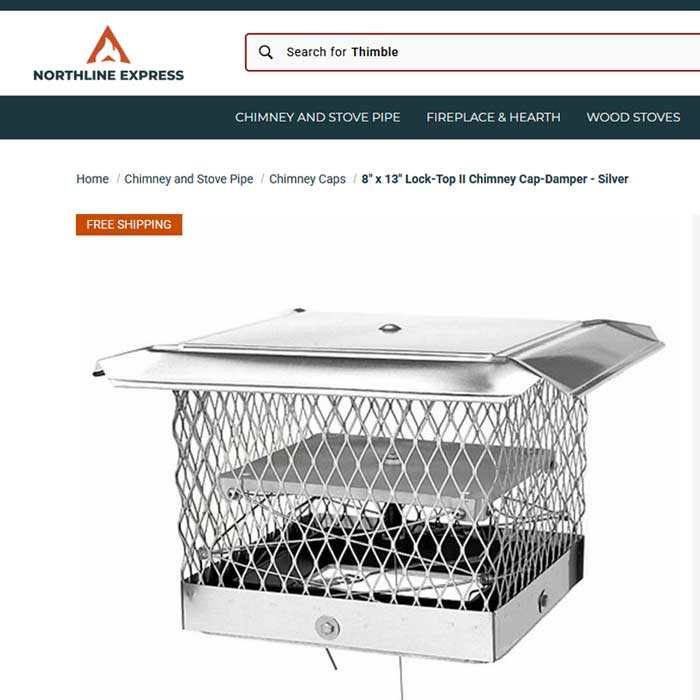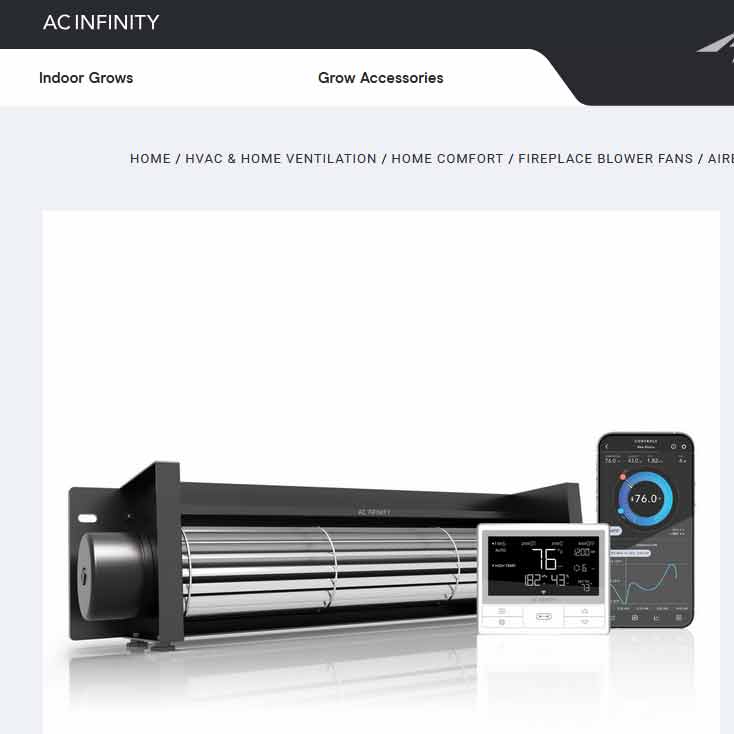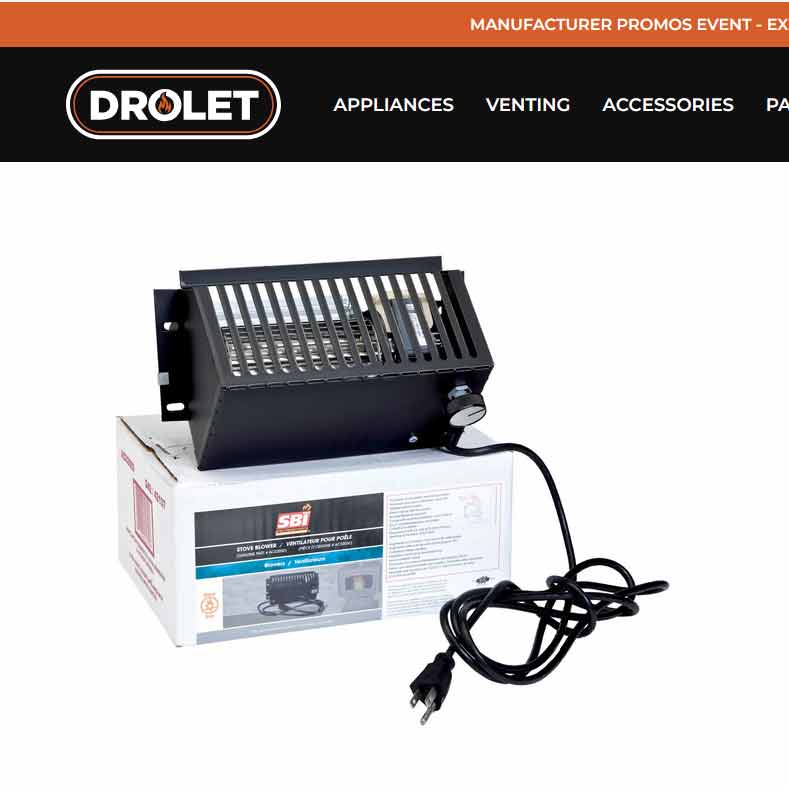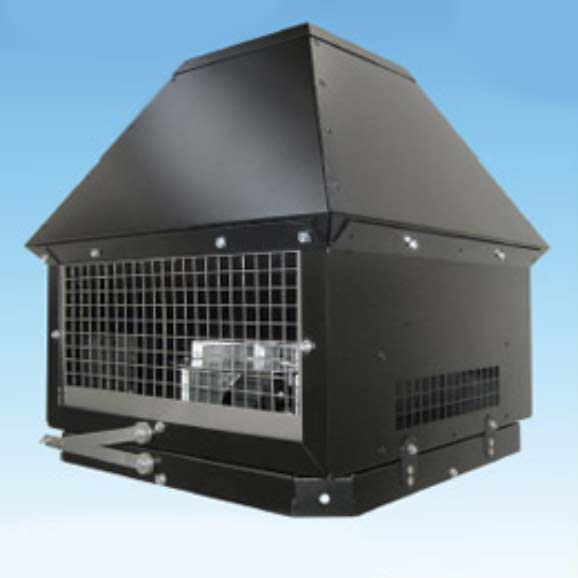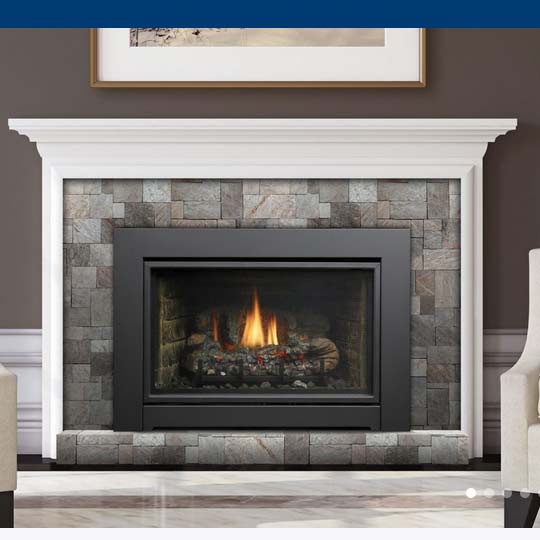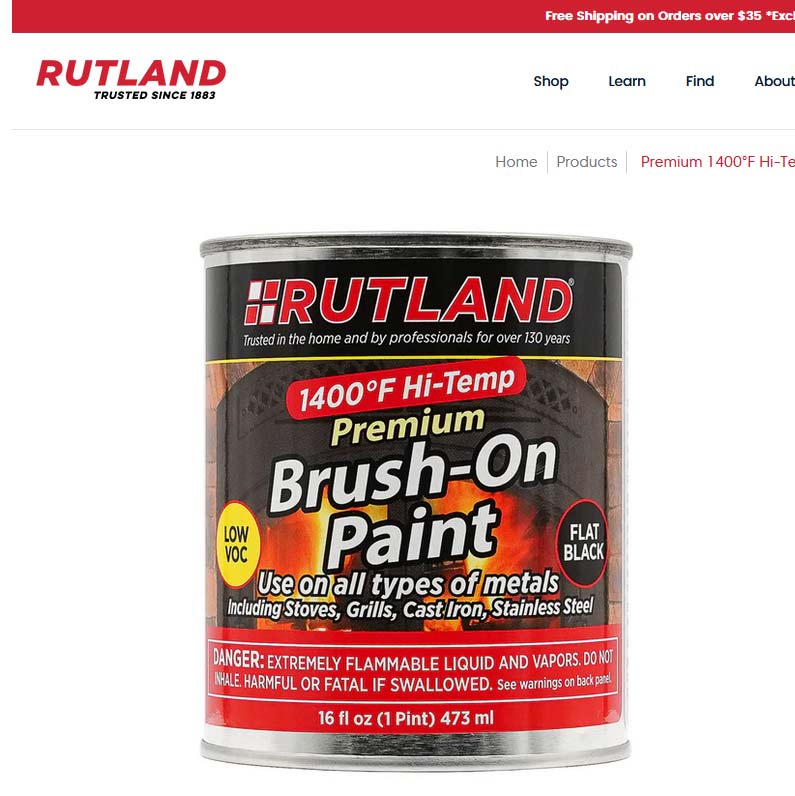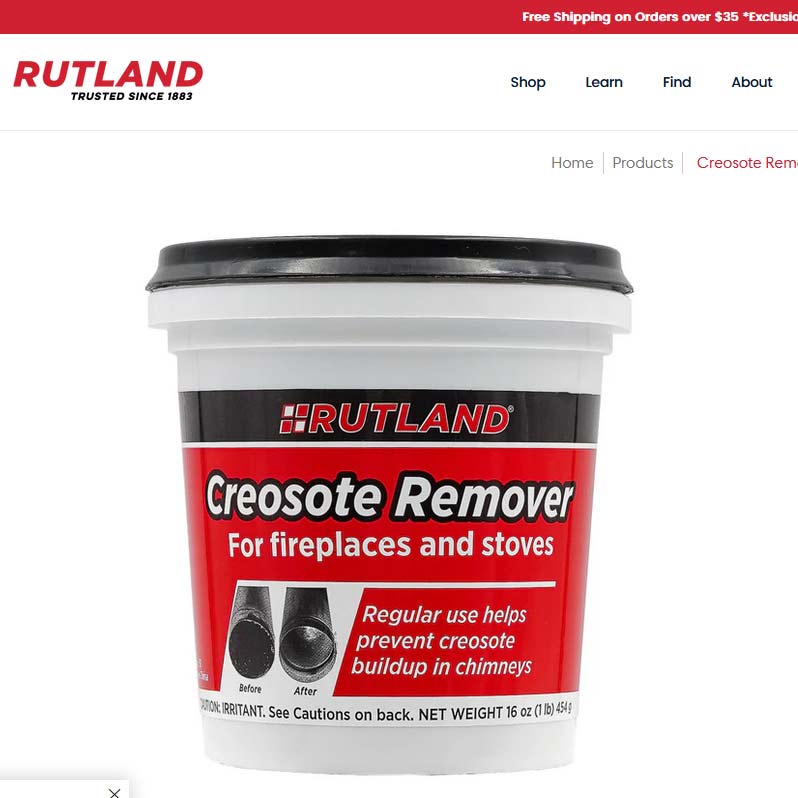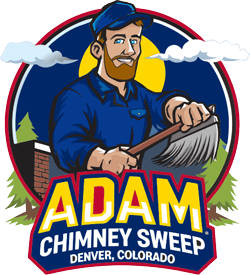Introduction
Few components are as critical to chimney safety as the flue tiles. Flue tiles are vital in safely directing smoke, gases, and other combustion byproducts out of your home. However, defective flue tiles can compromise the safety and efficiency of your fireplace. Whether you have a wood-burning fireplace, a gas fireplace, or a wood stove, ensuring your flue is in tip-top shape is essential for your home’s safety.
This comprehensive guide will discuss the process, benefits, and costs of repairing defective flue tiles. Using local insights from our experience working in areas like Cherry Creek, Capitol Hill, and Five Points, you’ll learn how professional chimney sweeps handle this crucial repair. If you’re in Denver, CO, and need assistance, call Adam Chimney Sweep at (720) 207-9232. We offer free chimney inspections to keep your home’s heating appliances running safely and efficiently.
What Are Flue Tiles and Why Are They Important?
Flue tiles line the inner walls of your chimney, creating a smooth passage for smoke and exhaust gases to exit your home. Typically made from terra cotta (clay) tiles or ceramic materials, flue tiles protect from heat, corrosion, and combustion byproducts.
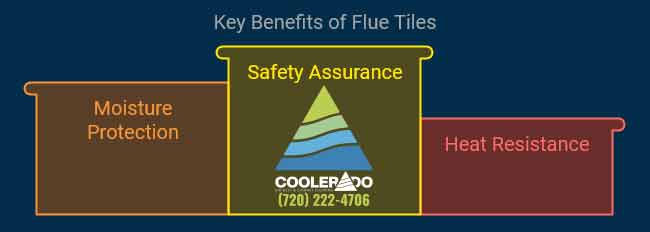
Key Benefits of Flue Tiles
- Heat Resistance: Flue tiles can endure high temperatures without cracking (under standard conditions).
- Moisture Protection: They shield your home’s chimney walls from moisture damage.
- Safety Assurance: By venting carbon monoxide, creosote, and smoke safely outside, they reduce fire and health hazards.
Pro Tip: A cracked flue can lead to dangerous carbon monoxide leaks. Call for a chimney inspection if you smell smoke or feel unusual heat near your chimney walls.
Signs of Defective Flue Tiles
Flue tiles are built to last, but exposure to high heat, moisture, and creosote buildup over time can cause cracking and deterioration. Here are some common signs that indicate your flue tiles may be defective:
Top Indicators of Flue Tile Damage
- Cracked or Broken Flue Tiles: Small cracks can be spotted during a visual inspection.
- Spalling (Flaking) Tiles: Clay flue tiles may chip, flake, or crumble due to heat stress.
- Discolored Chimney Exterior: A stained chimney exterior could signal flue moisture issues.
- Strange Odors: A strong creosote or smoke odor inside your home.
- Backdrafts: Smoke re-entering your home indicates poor drafting, often caused by cracked flue tiles.
Case Study: During a job in Five Points, Denver, one homeowner noticed smoke escaping from cracks along their living room wall. Our inspection revealed that multiple flue tiles had failed, allowing smoke and carbon monoxide to leak into the house.

Causes of Flue Tile Damage
Understanding the causes of flue tile damage can help homeowners prevent future issues. Here are the most common culprits:
- Chimney Fires: Extreme temperatures during chimney fires cause tiles to crack.
- Thermal Expansion: Sudden temperature changes can stress the clay, leading to cracks.
- Water Intrusion: Moisture from rain or snow can penetrate small cracks, freeze, and expand.
- Creosote Buildup: Excess creosote ignites quickly, and the resulting fire can damage the tiles.
- Aging and Wear: Like any material, clay tiles weaken over time.
How to Repair Defective Flue Tiles
Dealing with defective flue tiles requires a professional approach to chimney repair. Here’s a step-by-step breakdown of the repair process.
Step 1: Chimney Inspection
A certified chimney sweep will perform a thorough visual inspection using specialized tools, such as video cameras, to assess the condition of the flue tiles.
Step 2: Cleaning the Chimney
A chimney cleaning is essential before any repair to remove creosote and soot and ensure the repair process goes smoothly.
Step 3: Choosing the Repair Method
There are several ways to address defective flue tiles, depending on the extent of the damage.
Option 1: Flue Relining
- Best For: Cracked or damaged flue tiles.
- Method: Install a stainless steel liner inside the chimney to create a safe new passage for exhaust gases.
- Cost: Typically ranges from $2,500 to $5,000, depending on chimney height.
Option 2: Parging (Coating) the Flue
- Best For: Small cracks and surface damage.
- Method: Apply a high-temperature mortar coating over the interior surface of the flue.
- Cost: More affordable, typically costing $1,000 to $2,500.
Option 3: Flue Tile Replacement
- Best For: Extensive damage to a few isolated flue tiles.
- Method: Remove and replace individual clay tiles.
- Cost: Costs vary based on the number of tiles replaced, typically $500 to $2,000.
Tip: For older homes in areas like LoDo or Capitol Hill, relining with a stainless steel liner is often the most durable and long-term option.
How Much Does It Cost to Repair Defective Flue Tiles?
The cost to repair defective flue tiles varies depending on the extent of the damage and the chosen repair method. Here’s a simple table for reference:
| Repair Method | Estimated Cost | Time Required |
|---|---|---|
| Flue Relining | $2,500 – $5,000 | 1-2 days |
| Parging | $1,000 – $2,500 | 1 day |
| Flue Tile Replacement | $500 – $2,000 | 1-2 days |
DIY vs. Professional Flue Tile Repair
Some homeowners may be tempted to attempt repairs themselves. However, DIY repairs often fail when it comes to long-term chimney safety.
Why Hire a Professional?
- Expertise: Professionals use specialized equipment to identify hidden cracks.
- Safety: Climbing a roof to access your chimney can be dangerous.
- Warranty: Reputable companies offer warranties for flue relining and other repairs.
How Often Should You Inspect Flue Tiles?
According to the National Fire Protection Association (NFPA), homeowners should schedule annual inspections to catch flue tile damage early. Regular inspections prevent more extensive, more costly repairs down the line.
Did you know? Our inspections come with a complimentary report and photos, so you know exactly what’s happening inside your chimney.
Why Choose Adam Chimney for Flue Tile Repairs in Denver, CO?
At Adam Chimney Sweep, we pride ourselves on delivering excellent customer service and fair pricing for all chimney services. From Cherry Creek to Capitol Hill, our expert technicians have helped homeowners keep their chimneys safe and secure.
Our Services Include:
- Free Chimney Inspections
- Flue Relining
- Parging Coating
- Flue Tile Replacement
“Adam Chimney did a fantastic job relining our chimney in Capitol Hill. We can finally enjoy our gas fireplace without worrying about CO leaks. Highly recommend this great company!” – Local Customer
Frequently Asked Questions
Frequently Asked Questions About Repairing Defective Flue Tiles
Q1: How Do I Know if My Flue Tiles Are Damaged?
Detecting damaged flue tiles is crucial to protecting your home from fire hazards, smoke backdrafts, and exposure to dangerous gases like carbon monoxide. Since the flue tiles are inside the chimney, identifying the damage isn’t always straightforward. However, sure signs indicate the need for immediate attention. Here’s how you can recognize the problem.
Signs of Flue Tile Damage
- Smoke Backdrafts: If smoke from your fireplace drifts back into your home instead of rising through the chimney, it could be a sign of broken or blocked flue tiles. This issue often occurs because cracks in the tiles disrupt the draft, preventing smoke from venting correctly.
- Strong, Unpleasant Odors: A strong creosote-like smell in your home, even when the fireplace is not used, can indicate creosote or moisture accumulating in the flue cracks. Water can seep through damaged tiles, mixing with creosote and creating a pungent, tar-like odor.
- Visible Cracks or Spalling: During a visual inspection, you may notice flue tile falling into the firebox. This is called spalling, where sections of clay or ceramic break off due to extreme heat or water infiltration. Seeing these fragments is a sure sign that the flue tiles are deteriorating.
- Discolored Chimney Walls: If you see dark or discolored patches on the outside of your chimney, it could be due to water infiltration through cracks in the flue. Water enters through damaged tiles, seeps through the masonry, and causes stains.
- Carbon Monoxide Detectors Triggering: Carbon monoxide leaks are silent but deadly. If your detector goes off and there is no apparent reason, it may be due to cracks in your flue tiles, allowing dangerous gases to escape into your home.
Pro Tip: If you’re unsure whether your flue tiles are in good condition, contact a professional chimney sweep for a free chimney inspection. Our team at Adam Chimney Sweep in Denver, CO, uses advanced tools like video camera inspections to detect hidden cracks.
Q2: Can I Still Use My Fireplace if I Have Cracked Flue Tiles?
No. Operating a fireplace with damaged flue tiles is highly dangerous. Even tiny cracks can lead to catastrophic consequences like house fires, carbon monoxide leaks, and smoke inhalation. Here’s why you should avoid using your fireplace if your flue tiles are compromised.
Why You Shouldn’t Use a Fireplace with Defective Flue Tiles
- Risk of Carbon Monoxide Poisoning: Flue tiles are designed to channel combustion gases, including carbon monoxide, outside safely. A crack in the flue allows these gases to seep into your home. Since carbon monoxide is odorless and colorless, you may not realize it’s there until you experience symptoms like dizziness, headaches, or nausea.
- Fire Hazard: One of the most dangerous risks of using a fireplace with defective flue tiles is chimney fires. Gaps or cracks in the flue allow creosote to accumulate more quickly. Creosote is highly flammable; if it ignites, it can cause an uncontrollable chimney fire.
- Structural Damage: Water can seep through cracked tiles, causing moisture to reach the masonry of your chimney. Over time, this leads to mold, mildew, and brick-and-mortar breakdown, resulting in costly chimney repairs.
- Heat Transfer to Flammable Materials: The National Fire Protection Association (NFPA) warns that cracked flue tiles expose the surrounding walls of your chimney to extreme heat. Without the protective barrier of intact flue tiles, this heat can ignite nearby combustible materials, such as wood beams or insulation, leading to a fire.
Local Story: In a job we did in Cherry Creek, Denver, a homeowner called us after experiencing odd “popping” sounds while using their fireplace. Upon inspection, we discovered cracks in several flue tiles, causing heat to transfer to the nearby wall. Our team recommended a full flue relining using stainless steel, ensuring the family’s safety and restoring the fireplace’s efficiency.
Pro Tip: If you suspect cracked flue tiles, stop using the fireplace immediately. Contact Adam Chimney Sweep at (720) 207-9232 for an inspection.
Q3: How Long Does a Flue Relining Take?
Flue relining is often the best solution if flue tiles are cracked or severely damaged. The process involves installing a new stainless steel liner or coating the inside of the chimney with a specialized sealant. But how long does it take to complete the project?
Time Required for Flue Relining
A flue relining project takes 1 to 2 days to complete. However, the exact timeline depends on several factors:
- Chimney Height and Accessibility: Chimneys in multi-story homes take longer to reline since technicians must climb higher and use more material to cover the entire length.
- Degree of Damage: If the clay tiles or chimney walls are significantly damaged, additional prep work, such as removing old flue tiles or reinforcing the structure, may be required.
- Type of Relining Material: Installing a stainless steel liner is faster than parging the flue with refractory cement, which takes time to set and cure properly.
- Weather Conditions: Snowy or rainy weather in Denver, CO, can delay the project. Wet conditions affect roof access and slow the curing process of parging material.
Relining Methods and Time Estimates
| Relining Method | Time to Complete | Description |
|---|---|---|
| Stainless Steel Liner | 1 Day | A pre-formed steel liner is inserted into the flue. |
| Parging Coating | 2 Days | The interior of the flue is coated with a high-temperature refractory sealant. |
| Tile Replacement | 1-2 Days | Damaged flue tiles are individually replaced. |
Pro Tip: Relining is a permanent solution to flue tile damage, especially for older homes in Capitol Hill and Five Points. Stainless steel liners are durable, resist corrosion, and last for decades.
Customer Testimonial: “The team at Adam Chimney Sweep relined our chimney in just one day. It was a hassle-free process, and now we have peace of mind knowing our fireplace is safe for our family.” — Resident of Highlands, Denver
Q4: How Often Should I Have My Flue Inspected?
Routine chimney inspections are essential for detecting defective flue tiles before they cause more significant issues, such as chimney fires or carbon monoxide leaks. But how often should you schedule an inspection?
NFPA Inspection Guidelines
The National Fire Protection Association (NFPA) recommends having your chimney, flue, and fireplace inspected at least once yearly. This annual inspection allows you to catch minor problems—like hairline cracks in the flue—before they escalate into costly repairs.
Why Annual Inspections Are Necessary
- Catch Flue Damage Early: A simple crack can quickly expand, especially in extreme weather conditions like Denver, CO, where freeze-thaw cycles are typical.
- Prevent Creosote Buildup: Inspections ensure your chimney is free of creosote buildup, which could become a fire hazard.
- Ensure Proper Drafting: If your flue is blocked or damaged, smoke and toxic gases may return to your home. Annual inspections prevent this by ensuring proper airflow.
- Peace of Mind: Knowing your flue, fireplace, and chimney are in tip-top shape brings peace of mind, especially during the winter months when fireplaces are used most frequently.
Types of Inspections
| Inspection Type | What It Covers | When to Schedule |
|---|---|---|
| Level 1 Inspection | Basic visual inspection of accessible areas | Annually, for chimneys with no recent issues. |
| Level 2 Inspection | Includes camera inspection of the flue interior | After severe weather, fires, or when selling a home. |
| Level 3 Inspection | It involves removing parts of the chimney for full access | Required when significant issues are suspected. |
Pro Tip: Scheduling a Level 2 inspection if you’ve just purchased a home in Denver, CO is crucial, as you may inherit unseen issues like cracked flue tiles.
Call to Action: If it’s been more than a year since your last inspection, schedule a free chimney inspection with Adam Chimney Sweep at (720) 207-9232. Our certified technicians use advanced video technology to detect even the smallest cracks.
These expert tips and timely inspections protect your home and family from smoke backdrafts, chimney fires, and exposure to toxic gas. Stay safe, Denver!
Schedule Your Free Chimney Inspection Today!
If you’re in Denver, CO, and suspect issues with your flue tiles, contact Adam Chimney Sweep at (720) 207-9232. Our experienced technicians will ensure your home’s fireplace, wood-burning stove, or gas fireplace is safe, efficient, and up to code.
